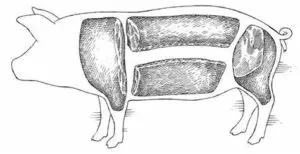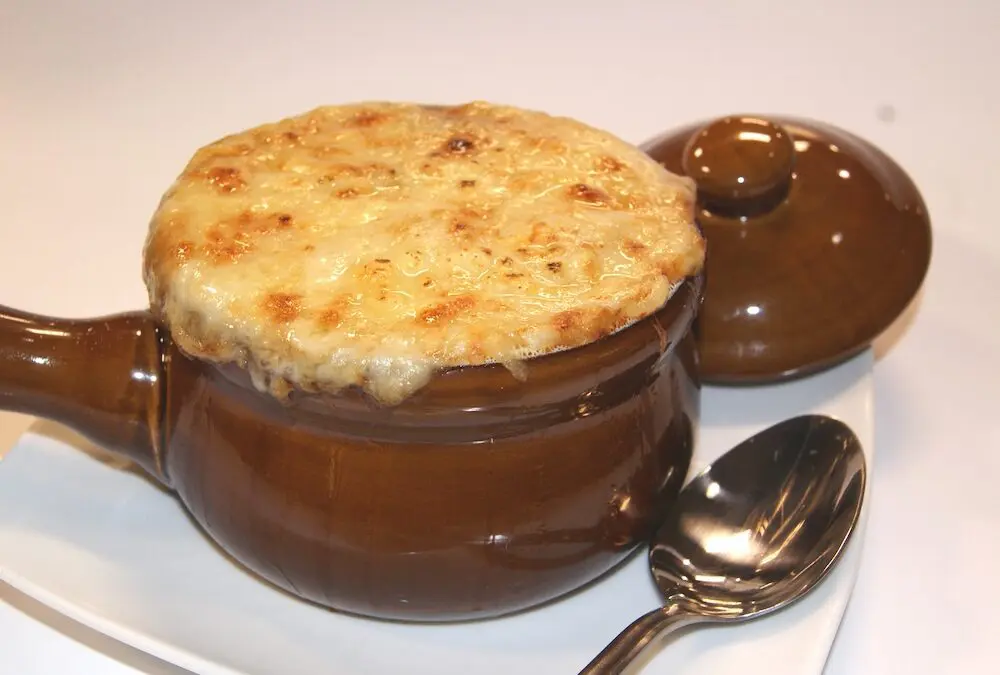Primal Cuts, exactly what are they? Does every animal have Primal Cuts? Are they better than other cuts of meat? Are they more expensive? Do they save me money?
These are just SOME of the questions our customers ask when they shop our extensive selections of meats at Cattleman’s.
Especially when they come across those larger pieces of meat, which are usually, “Primal Cuts”.
So, just what are Primal Cuts?
First, the world primal has nothing to do with the United States Department of Agriculture’s (USDA’s) grading of the meat itself.

Such as in “Prime”, or “Choice.”
Primal Cuts can be of any grade.
The word “cuts” is the real clue here.
The USDA’s term, Primal Cuts, refers to the large cuts of meat removed from the animal during the initial butchering process.


In beef, there are 8 of them, and they come from different parts of the animal starting at the shoulder (chuck) and ending at the behind (round).
Along the way, the other large primal pieces that are removed are: the Rib, Loin, Flank, Plate, Brisket and Shank.
Those are the Primal Cuts, and they’re quite large.

From there, butchers further break down these cuts into smaller cuts called Sub-Primal Cuts.
Using the Beef Loin as an example, the Primal Cut is the loin. The loin is then sub-divided into the sirloin, the short loin and the ever-famous tenderloin. They then become, the Sub-Primal Cuts from the loin.
But we’re not done yet. These Sub-Primal Cuts are still, in some cases, rather large pieces of meat. Generally, anywhere from 5 to 10 lbs. in weight.
So, butchers take one more step and cut these Sub-Primal Cuts and make Sub-Primal “Portion Cuts”. These are the retail size steaks, chops, strips, cubes and grinds that most everyone buys.
Is beef the only animal that has Primal Cuts?
Actually, every commercially raised animal has its own Primal Cuts.
A hog / pork, has 4 Primal Cuts (shoulder, loin, ham (rear legs) and belly) which are then broken down into 18 different Sub-Primal Cuts.

Lamb is similar to beef and has its own specific Primal Cuts (five).
Is this the same way meats are cut in all countries?
Not exactly. For the most part, meat is cut and divided in very similar ways. But different European, Middle Eastern and Asian countries, they use meat in recipes that sometimes require it to be cut a little bit differently for that particular use.
And, as you can imagine, they occasionally give these cuts different names.
So, now that you know something about Primal Cuts, let’s get back to some of the original questions.
Q. Are Primal Cuts “better” than other cuts of meat?
A. No, Primal Cuts are just “names” of different large pieces of meat. PRIME cuts, on the other hand DO represent a quality standard. Prime is one grade level higher than Choice. As such, Primal Cuts can also be of Prime grade. Look for the USDA sticker or Cattleman’s Own In-House label to know.
Q. Are Primal Cuts more expensive?
A. No. A full Primal Cut is generally less expensive (per pound) than the price of retail cuts (per pound), that come from it.
Q. Do Primal Cuts save me money?
A. YES! Because you are buying a larger piece of meat, it’s likely going to save you money.
The GREAT news here at Cattleman’s, is that if you DO buy the larger Primal or Sub-Primal Cut, we’ll trim, then cut it into the steaks, chops, roasts or whatever suits your needs.
Want for those 3” thick steaks that you can NEVER find in the supermarket?
Done.
Find out more about Primal Cuts and why understanding each one can help you choose just the right meat from your next dinner.
Stay up to date on this and other great topics by regularly checking our website for more great Blogs, recipes and cooking videos.
We also encourage you to sign-up for our Cattleman’s email Newsletters which give you all the latest news and information on your home computer, tablet or smart phone.






